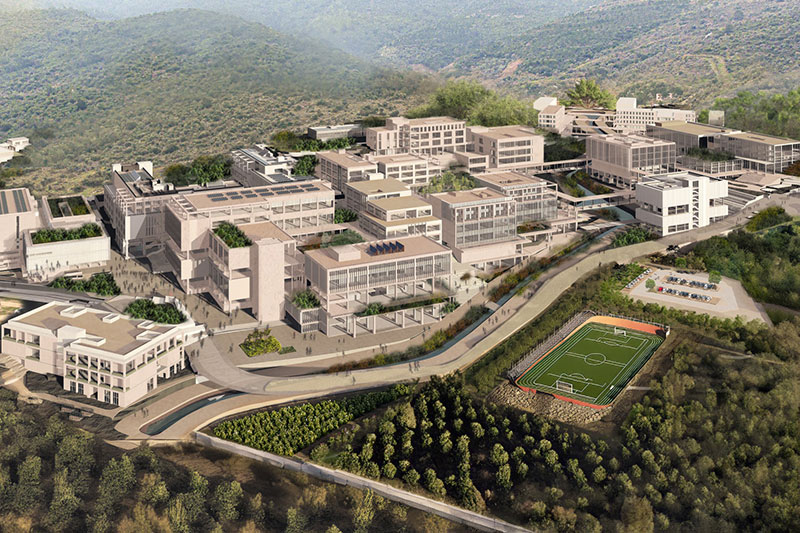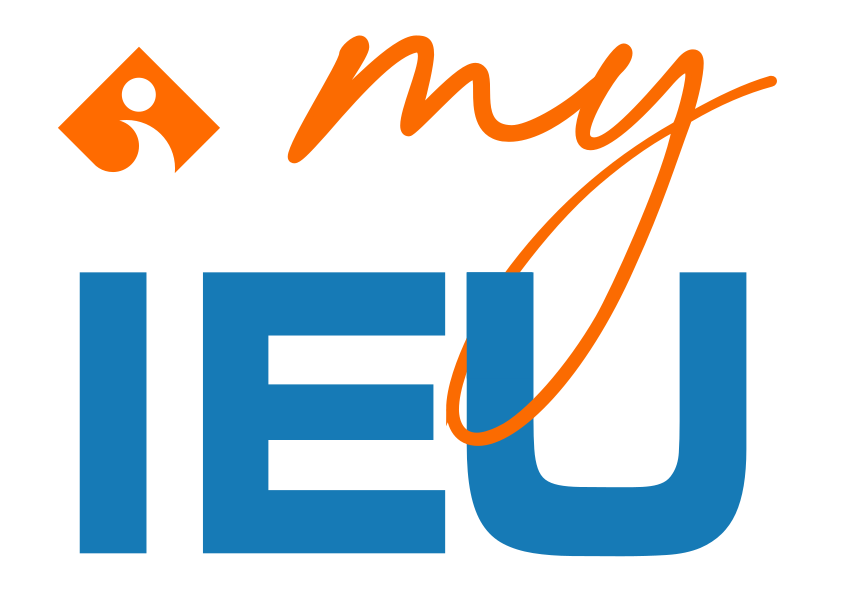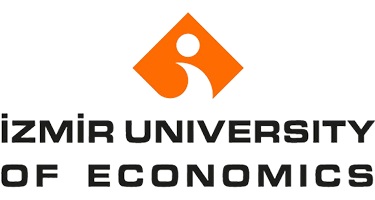MATH 663 | Course Introduction and Application Information
| Course Name |
Biomathematics
|
|
Code
|
Semester
|
Theory
(hour/week) |
Application/Lab
(hour/week) |
Local Credits
|
ECTS
|
|
MATH 663
|
Fall/Spring
|
3
|
0
|
3
|
7.5
|
| Prerequisites |
None
|
|||||
| Course Language |
English
|
|||||
| Course Type |
Elective
|
|||||
| Course Level |
Third Cycle
|
|||||
| Mode of Delivery | - | |||||
| Teaching Methods and Techniques of the Course | Problem SolvingQ&ALecture / Presentation | |||||
| National Occupation Classification | - | |||||
| Course Coordinator | - | |||||
| Course Lecturer(s) | ||||||
| Assistant(s) | ||||||
| Course Objectives | The aim of this course is to model biological systems using ordinary differential equations, solve the developed biological models with numerical methods, and simulate and interpret the solutions using MATLAB. |
| Learning Outcomes |
The students who succeeded in this course;
|
| Course Description | The fundamental applications of ordinary differential equations in biology and the mathematical modeling of biological systems using these equations. The numerical solutions of the developed models and the biological interpretation of the analyzed results. |
| Related Sustainable Development Goals |
|
|
|
Core Courses | |
| Major Area Courses | ||
| Supportive Courses | ||
| Media and Management Skills Courses | ||
| Transferable Skill Courses |
WEEKLY SUBJECTS AND RELATED PREPARATION STUDIES
| Week | Subjects | Related Preparation |
| 1 | Linear differential equations: theory and examples, introduction, basic definitions and notation, first-order linear systems | "An Introduction to Mathematical Biology" by Linda J.S.Allen, Pearson, 2006. ISBN-13: 9780130352163 |
| 2 | Application to population growth models, delay logistic equation | "An Introduction to Mathematical Biology" by Linda J.S.Allen, Pearson, 2006. ISBN-13: 9780130352163 |
| 3 | Biological applications of differential equations; harvesting a single population, predator-prey models, competiton models | "An Introduction to Mathematical Biology" by Linda J.S.Allen, Pearson, 2006. ISBN-13: 9780130352163 |
| 4 | Biological applications of differential equations; Disease Models | "An Introduction to Mathematical Biology" by Linda J.S.Allen, Pearson, 2006. ISBN-13: 9780130352163 |
| 5 | Biological applications of differential equations; Disease Models | "An Introduction to Mathematical Biology" by Linda J.S.Allen, Pearson, 2006. ISBN-13: 9780130352163 |
| 6 | Biological applications of differential equations; Disease Models | "An Introduction to Mathematical Biology" by Linda J.S.Allen, Pearson, 2006. ISBN-13: 9780130352163 |
| 7 | Euler method | "Numerical solutions of ordinary differential equations", Kendall Atkinson, Weimin Han, David Stewart, Chapter 2 |
| 8 | Systems of differential equations | Numerical solutions of ordinary differential equations", Kendall Atkinson, Weimin Han, David Stewart, Chapter 3 |
| 9 | The backward Euler method and the trapezoidal method | "Numerical solutions of ordinary differential equations", Kendall Atkinson, Weimin Han, David Stewart, Chapter 4 |
| 10 | The backward Euler method and the trapezoidal method | "Numerical solutions of ordinary differential equations", Kendall Atkinson, Weimin Han, David Stewart, Chapter 4 |
| 11 | Taylor and Runge–Kutta methods | "Numerical solutions of ordinary differential equations", Kendall Atkinson, Weimin Han, David Stewart, Chapter 5 |
| 12 | Applications to biological models | |
| 13 | Applications to biological models | |
| 14 | Presentations | |
| 15 | Presentations | |
| 16 | Final Exam |
| Course Notes/Textbooks | "An Introduction to Mathematical Biology" by Linda J.S.Allen, Pearson, 2006. ISBN-13: 978-0130352163 |
| Suggested Readings/Materials | "An Invitation to Biomathematics" by Raina Stefanova Robeva, James R. Kirkwood, Robin Lee Davies, Leon Farhy, Boris P. Kovatchev, Academic Press, 1st Edition, 2007. ISBN-13: 978-0120887712 "Numerical solutions of ordinary differential equations", Kendall Atkinson, Weimin Han, David Stewart |
EVALUATION SYSTEM
| Semester Activities | Number | Weigthing |
| Participation | ||
| Laboratory / Application | ||
| Field Work | ||
| Quizzes / Studio Critiques | ||
| Portfolio | ||
| Homework / Assignments | ||
| Presentation / Jury |
1
|
25
|
| Project |
1
|
25
|
| Seminar / Workshop | ||
| Oral Exams | ||
| Midterm | ||
| Final Exam |
1
|
50
|
| Total |
| Weighting of Semester Activities on the Final Grade |
2
|
50
|
| Weighting of End-of-Semester Activities on the Final Grade |
1
|
50
|
| Total |
ECTS / WORKLOAD TABLE
| Semester Activities | Number | Duration (Hours) | Workload |
|---|---|---|---|
| Theoretical Course Hours (Including exam week: 16 x total hours) |
16
|
3
|
48
|
| Laboratory / Application Hours (Including exam week: '.16.' x total hours) |
16
|
0
|
|
| Study Hours Out of Class |
14
|
6
|
84
|
| Field Work |
0
|
||
| Quizzes / Studio Critiques |
0
|
||
| Portfolio |
0
|
||
| Homework / Assignments |
0
|
||
| Presentation / Jury |
1
|
25
|
25
|
| Project |
1
|
25
|
25
|
| Seminar / Workshop |
0
|
||
| Oral Exam |
0
|
||
| Midterms |
0
|
||
| Final Exam |
1
|
43
|
43
|
| Total |
225
|
COURSE LEARNING OUTCOMES AND PROGRAM QUALIFICATIONS RELATIONSHIP
|
#
|
Program Competencies/Outcomes |
* Contribution Level
|
|||||
|
1
|
2
|
3
|
4
|
5
|
|||
| 1 | Accesses information in breadth and depth by conducting scientific research in Computer Engineering, evaluates, interprets and applies information. |
-
|
-
|
-
|
X
|
-
|
|
| 2 | Is well-informed about contemporary techniques and methods used in Computer Engineering and their limitations. |
-
|
-
|
-
|
-
|
X
|
|
| 3 | Uses scientific methods to complete and apply information from uncertain, limited or incomplete data, can combine and use information from different disciplines. |
-
|
-
|
-
|
X
|
-
|
|
| 4 | Is informed about new and upcoming applications in the field and learns them whenever necessary. |
-
|
-
|
-
|
-
|
X
|
|
| 5 | Defines and formulates problems related to Computer Engineering, develops methods to solve them and uses progressive methods in solutions. |
-
|
-
|
-
|
-
|
X
|
|
| 6 | Develops novel and/or original methods, designs complex systems or processes and develops progressive/alternative solutions in designs. |
-
|
-
|
-
|
X
|
-
|
|
| 7 | Designs and implements studies based on theory, experiments and modelling, analyses and resolves the complex problems that arise in this process. |
-
|
-
|
-
|
X
|
-
|
|
| 8 | Can work effectively in interdisciplinary teams as well as teams of the same discipline, can lead such teams and can develop approaches for resolving complex situations, can work independently and takes responsibility. |
-
|
-
|
-
|
-
|
X
|
|
| 9 | Engages in written and oral communication at least in Level B2 of the European Language Portfolio Global Scale. |
-
|
-
|
X
|
-
|
-
|
|
| 10 | Communicates the process and the results of his/her studies in national and international venues systematically, clearly and in written or oral form. |
-
|
-
|
X
|
-
|
-
|
|
| 11 | Is knowledgeable about the social, environmental, health, security and law implications of Computer Engineering applications, knows their project management and business applications, and is aware of their limitations in Computer Engineering applications. |
-
|
-
|
X
|
-
|
-
|
|
| 12 | Highly regards scientific and ethical values in data collection, interpretation, communication and in every professional activity. |
-
|
X
|
-
|
-
|
-
|
|
*1 Lowest, 2 Low, 3 Average, 4 High, 5 Highest

IZMIR UNIVERSITY OF ECONOMICS GÜZELBAHÇE CAMPUS
DetailsGLOBAL CAREER
As Izmir University of Economics transforms into a world-class university, it also raises successful young people with global competence.
More..CONTRIBUTION TO SCIENCE
Izmir University of Economics produces qualified knowledge and competent technologies.
More..VALUING PEOPLE
Izmir University of Economics sees producing social benefit as its reason for existence.
More..


